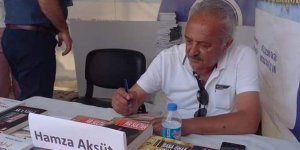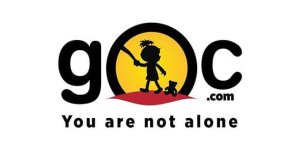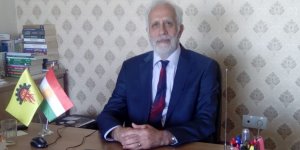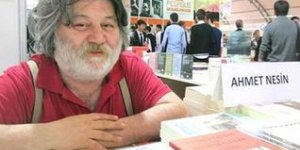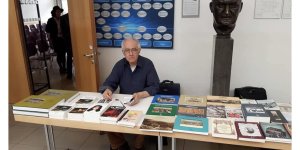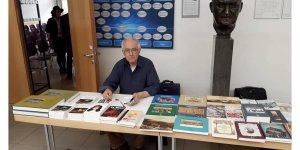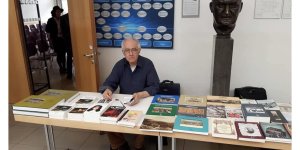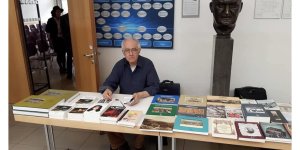Ethnic and Linguistic Map of Anatolia in Year Zero Sevan Nişanyan
Ethnic and Linguistic Map of Anatolia in Year Zero Who lived in Turkey two thousand years ago, what language they spoke and how they defined themselves. In our map, we see data compiled from ancient sources on the ethnic and linguistic structure of Anatolia around the year 0. Sources Strabo of Amasya's Geography, completed around 17 AD, and Pliny the Elder's encyclopaedic work Naturalis historia, written around 70 AD, are the main sources. In addition, the linguistic distribution of the historical place names in Nişanyan Place Names has been taken into consideration. Useful sources for the eastern provinces only intensify in the late 4th century AD. 1. The most striking graphic element of the map is the distribution of Greek cities. The Greeks did not multiply in Anatolia through mass migration and reproduction. They spread by establishing cities, a completely new form of social organisation. A city (polis) means certain institutions (temple, theatre, gymnasium, assembly), a common belief system (Greek mythology) and a common written language (Greek). The inhabitants of the city were probably overwhelmingly indigenous. But the common language is Greek, the common religion is the Olympian religion. ALL cities are Greek cities. A non-Greek city is a concept unheard of until, I think, the middle of the 3rd century. The first Greek cities worthy of the adjective "city" were on the Ionian coast in the 6th century BC. From the 4th century BC, they spread to the coasts and entered the Aegean valleys. From 66 BC onwards, with the military power of the Romans, cities founded according to the Greek model such as Nikopolis and Pompeiopolis appeared in Anatolia. The inhabitants were partly Roman soldiers and partly local servants. However, these cities are Greek cities in terms of language, religion, culture and belonging. In the imperial age, the urban culture (aided by tax facilities) will spread throughout the country, and the language of the cities (Greek) and the new religious synthesis (Christianity) will become standardised throughout Anatolia by the 4th century. 2. The Thracians had settled kingdoms in southern Bulgaria and Thrace, dating back to the second millennium BC. We know about 20-25 words, about 60 place names and a few personal names from their language. It is an Indo-European language. The degree of kinship with Anatolian languages is unknown. We know that there were Thracian settlements in Bithynia (Kocaeli peninsula, Yalova etc.). Place names of Byzantion, Silivri, Çorlu, Vize are in Thracian. 3. Homer tells that the people of the Anatolian side of Çanakkale descended from an ancestor named Dardanos. The element Dardan- appears as a place and person name throughout the Balkan geography. It means from Dardania, i.e. from the Illyrian people of today's Kosovo. Around the year 0, the indigenous people of Çanakkale (Anatolian side) and Balıkesir are called Mysians. Probably the same tribe or its continuation. 4. Bithynia had a strong kingdom until 74 BC. The dynasty of kings is of native (Bithyn) origin, but from the 3rd century BC onwards it bears Greek or Persian names. Perhaps the districts of Bursa, Bilecik and Sakarya could all be shown as Bithynia on the map. 5. The Mygdons, after whom the district of Mudanya is named, came from the sea, clashed with the Bithynians and settled on the coast. The name is probably the Macedonian equivalent. 6. The Mariandyns were natives of the Black Sea Ereglisi. Their borders are indicated as Sakarya in the west and Filyos Stream in the east. Some time before Christ, they were defeated by the Paflagonians and merged with them. 7. Between Bartın Stream and Kızılırmak was the Paflagon country. Paflagonians are probably the continuation of the Kashka people mentioned in the 2nd millennium BC. They had a language belonging to a separate branch of the Indo-European group from Hittite. 8. 9. 10. 12. 13. The Lydians, Carians, Lycians, Pisidians and Lycaonians had different Anatolian languages, probably the continuation of the ancient Luwian language. The homeland of the Lydians was Salihli, that of the Karians between Söke and Bodrum and the south bank of the Büyük Menderes, that of the Lykes the Teke Peninsula between Dalaman and Adrasan, that of the Pisidians the Lake District, and that of the Lykaonians the Konya Plain. 11. 14. Strabo reports that four places around Kibyra in Gölhisar, Burdur, spoke Lycaonian and Greek, but had their own separate language. The Solyms, who inhabited the city of Telmessos in the west of Antalya like an eagle's nest, were a wild tribe that terrorised all the surrounding peoples. We have no information about their language. 15. It is recorded that the people of Pamphylia consisted of various tribes. The name of the country means "all tribes". Pan "all", phylê "tribe". 16. The Isaurians of the Ermenek-Hadim area retained a strong ethnic identity and possibly a separate language at least as late as the end of the 5th century. In 476 a local ruler named Tarasi, son of Kodissa, became emperor of Eastern Rome through a military coup. 17. The small map shows the distribution of ancient place names in Old Anatolian languages (i.e. languages related to Hittite and Luwian). We can assume that the indigenous population in this area spoke various Anatolian languages. However, our detailed information for circa 0 is insufficient. 18. At the beginning of the 1st millennium BC, the Phrygians settled in the Inner Aegean region, probably from the Balkans, after having terrorised the whole of Anatolia. On the people speaking indigenous Anatolian languages Translated with DeepL.com (free version)


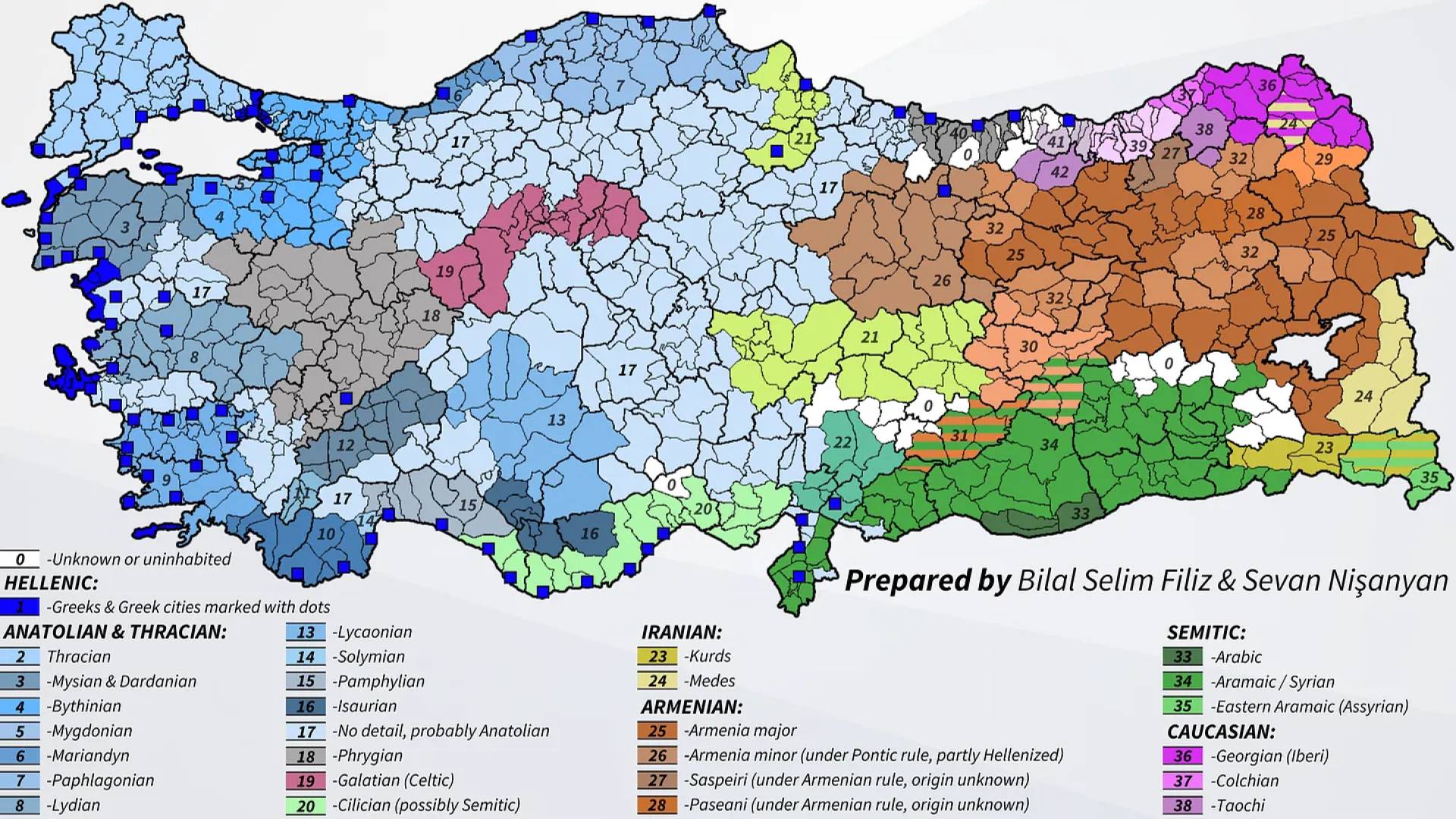
 Türkçe
Türkçe 

